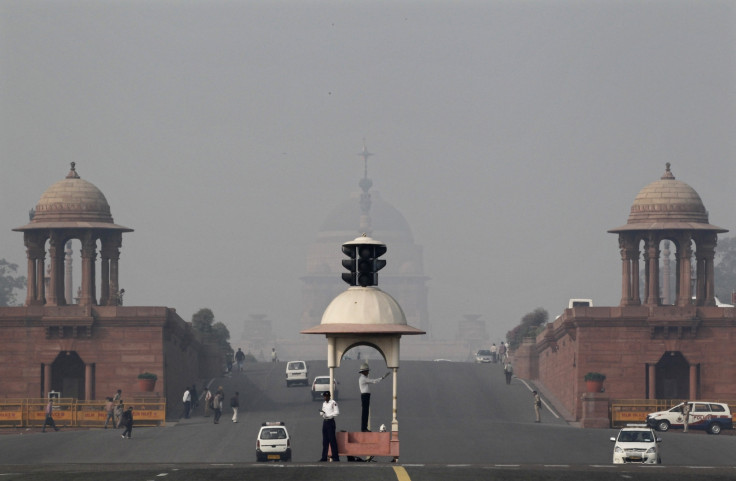India: Despite hard evidence government refuses to act against vehicular pollution

A research and advocacy group has accused the Indian government of protecting the interests of the automobile lobby at the cost of public health.
In reply to a notice from the apex court on pollution levels, the Indian environment ministry has claimed pollution in the air is mostly due to the dust from roads and construction activities, not vehicles.
The extent of air pollution in the country's capital has been in the limelight recently with the impending three-day visit of US president Barrack Obama to India during which he will be the chief guest at the Republic Day parade to be held on 26th of January.
The US embassy got the pollution measured with its equipment, overlooking government data and found unhealthy levels of tiny particulate matter smaller than 2.5 micro-metres in size.
At around 200, the PM 2.5 levels exceed the safe limit of 60 set by the pollution control board. Result: Obama may restrict his visit to the country largely to indoors.
While insisting on one hand that it has implemented the court's order on relocation of polluting industry, the ministry claims that industry and power plants are responsible for 78% of nitrogen oxides and 95.4% of sulphur dioxide present in the capital's air.
Accusing the government of protecting the automobile lobby, the environmental group Centre for Science and Environment (CSE) questions why the government has dismissed nearly all the actions and emergency measures suggested by the Court to protect children and other vulnerable sections from vehicular pollution, as 'not doable.'
Dubious study cited
While acknowledging that the "growing pace of vehicular population, use of diesel vehicles and old commercial vehicles is likely to negate positive effects of the steps taken earlier," the ministry falls back on a six-year-old study in six Indian cities on contribution of pollution sources to air pollution.
This study, dubbed as 'dubious' by CSE, claims vehicles contribute less than 7% of PM10 (particulate matter 10) in Delhi.
CSE points to studies that have done chemical analysis of PM10 particles in Delhi and found dangerous levels of carcinogenic toxins from vehicular exhaust in the road dust. High concentrations of polycyclic aromatic hydrocarbons (PAHs) in the urban soil of Delhi have high carcinogenic potency, it says.
The sputum of Delhi's children was found to contain four times more iron-laden macrophages than those from cleaner environs, pointing to a possibility of pulmonary haemorrhage. The levels of these bio-markers in children were found to be higher in areas with high PM10 levels.
Vehicle population has exploded in India from 20 million in 1991 to 140 million in 2011, and is expected to touch 400 million by 2030, going by trends.
Studies have shown the direct link between traffic levels and particulate concentrations, with national holidays showing a significant drop.
Missing data
CSE questions why the MoEF has only assessed the PM10 inventory, and has no information on the more deadly PM2.5 sources. It is an established fact across the world that vehicles' contribution to pollution increases when smaller particles are considered.
The ministry's claim comes contrary to a recent study that said the transport sector contributes about 15% to 50% of small particulates.
The report from The Energy and Resources Institute (TERI), University of California, San Diego (UCSD) and the California Air Resources Board (CARB) had warned that the vehicle population on Indian roads will increase air pollution up to five times over present levels.
Unless there is some control on vehicle numbers and modification of fuel and emission standards, PM2.5 will increase by a factor of three, while nitrous oxide emissions will rise by a factor of five, the report said.
Vehicle population has exploded in India from 20 million in 1991 to 140 million in 2011, and is expected to touch 400 million by 2030, going by trends.
Transportation is also the fastest growing source of carbon emissions and accounted for about 2,300 megatons of CO2 in 2010.
India's transport emissions are predicted to go from about 70 megatons today to over 500 megatons by 2050.
© Copyright IBTimes 2025. All rights reserved.





















